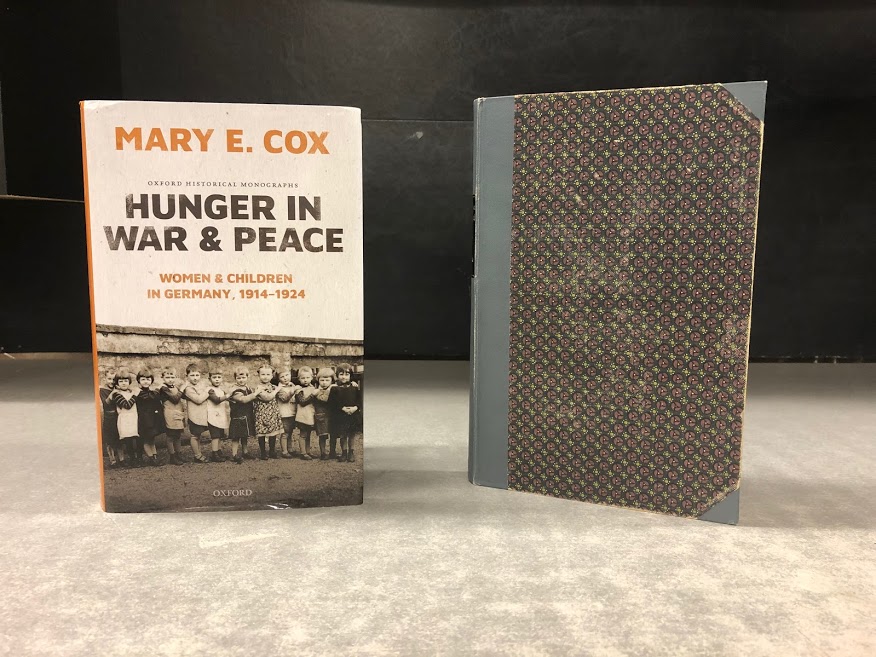
Drop here! AFSC
AFSC’s long, rich history holds many stories. For National Book Month, we put together a list of 15 great books that reference AFSC’s work or draw from our Archives.

Hunger in War & Peace by Mary E. Cox focuses on the health, hunger, and inequality of civilians during and following World War I. In the postwar era (1920-24), AFSC was willing to do what others would not—to house, feed, and train people scorned as “enemies.” An estimated one million German children were fed daily by AFSC. Mary did research in our Archives and reproduced in her book some of the original artwork created by children who were recipients of AFSC’s aid.

The immigrant traveling far from home to seek a better life is a classic American story. But did you know that thousands of Americans migrated to the Soviet Union following the Russian Revolution? As shown in American Girls in Red Russia by Julia L. Mickenberg, many women, including AFSC workers such as Anna Louise Strong, made the journey out of sympathy for the ideals of the Revolution, attraction to the Soviet Union’s progressive policies on gender and race, or simply the hope of finding a job. These women found hardship and disappointment in Russia, as well as opportunity. In an interview with the University of Texas blog AMS :: ATX, Julia said, “The main takeaway I want people to get [from my book] is that people are complicated, institutions are complicated, and there are no easy solutions.”

China Gadabouts by Susan Armstrong-Reid centers the role of women in international aid by documenting the history of the China Convoy, an AFSC-sponsored branch of the Friends Ambulance Unit that provided medical care and supplies to Chinese civilians during the Sino-Japanese war and the Chinese Civil War. Through the stories of both Western and Chinese nurses in the Convoy, Susan explores the challenges of upholding Quaker principles and humanitarian values in a politically fraught environment. Our Archives preserves the original Banner of Friendship presented by International Peace Hospital nurses to one of the Convoy’s medical teams.

Petals and Bullets by Mark Derby is a biography of anti-fascist nurse Dorothy Morris. Nursing was not a respected profession when Dorothy volunteered her services during the Spanish Civil War, yet nurses were crucial to relief efforts. In 1937, AFSC recruited Dorothy as the Head Nurse of our children’s hospital in Murcia. The eventual fall of the Spanish Republic, like the Syrian Civil War today, drove thousands of refugees from their homes. Although forced to leave Spain, Dorothy and AFSC continued to work with children in French refugee camps. The cover of this book is a photograph from our Archives.
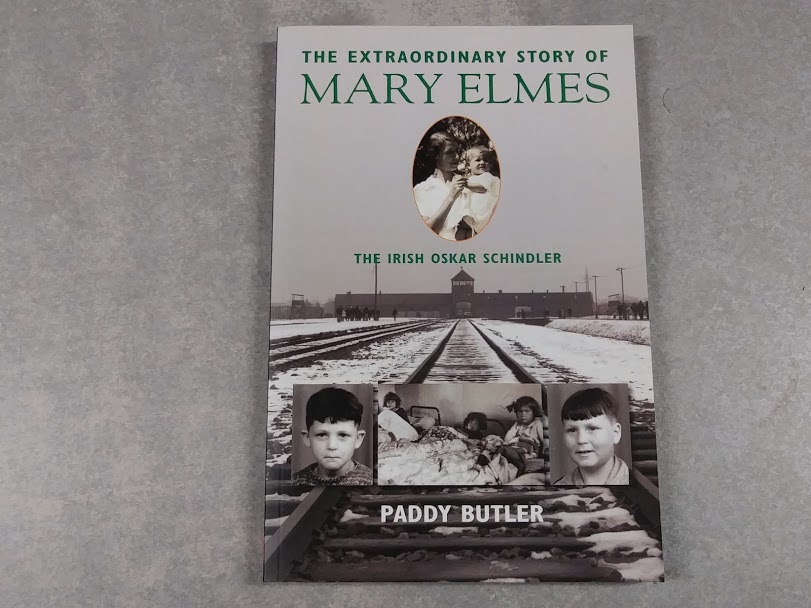
The Extraordinary Story of Mary Elmes by Paddy Butler is the biography of another heroic World War II relief worker. Like her friend Dorothy Morris, Mary volunteered in Spain during the Civil War and later worked with AFSC to aid refugees in France. As the Vichy regime began deporting Jews from refugee concentration camps to Auschwitz, Mary put her life on the line to rescue as many children as she could, sometimes driving them to safety in her own car. In 2014, Mary became the only Irish person recognized as one of the Righteous Among the Nations.

A Time to Risk All by Clodagh Finn highlights AFSC’s role in enabling Mary Elmes’s heroic rescue of Jewish children from Vichy concentration camps, and in helping thousands of other refugees escape the Nazis. Clodagh’s research also uncovered a remarkable story through AFSC’s Archives. The mother of Charlotte Berger, one of the children Mary saved, left a message with an AFSC worker as she was being deported to Auschwitz: “She sends her most affectionate thoughts and a thousand kisses to her daughter.” After 75 years, Charlotte finally received her mother’s last words.
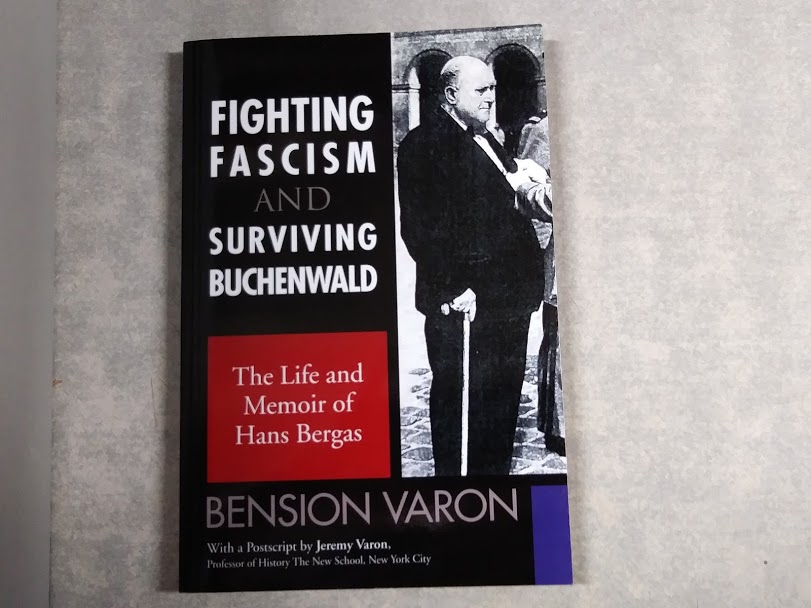
In Fighting Fascism and Surviving Buchenwald, Bension Varon chronicles the journey of his relative Hans Bergas, from Weimar Republic official to aid worker to member of the French Resistance, and finally survivor of the Buchenwald concentration camp. After fleeing Germany, Hans worked at AFSC’s office in Montauban, France until the Gestapo arrested him for his involvement in the Resistance. A year after liberation, Bergas recorded his experiences in letters to Gertrude Weaver, a Quaker-connected high school teacher. Bension discovered this unique early account of the Holocaust in the Friends Historical Library at Swarthmore College.
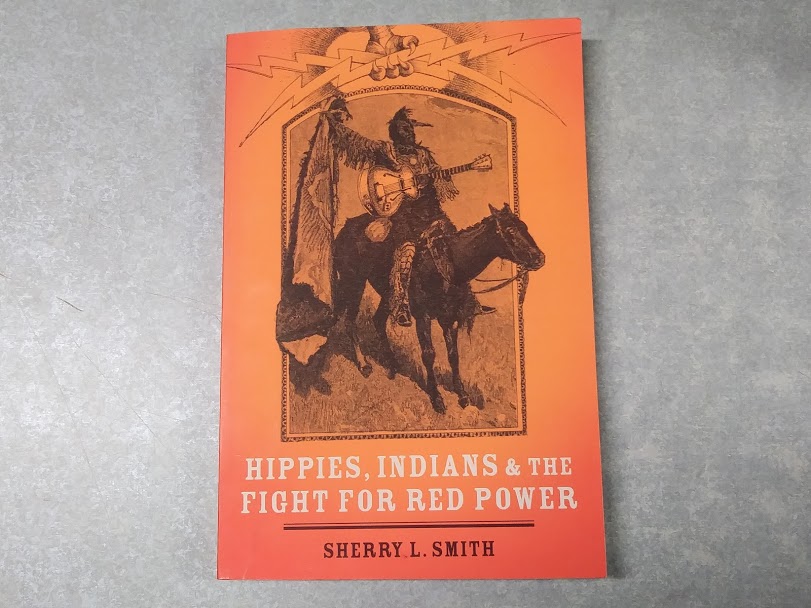
Hippies, Indians & the Fight for Red Power by Sherry L. Smith explores the pitfalls and achievements of collaboration between Native people and non-Native people during the Red Power movement of the 1960s and ’70s. She covers AFSC’s work with Indigenous communities, including our creation of the Intertribal Friendship House in Oakland, California and publication of “Uncommon Controversy,” a report on indigenous fishing rights that carried Native perspectives to a wider audience. Sherry concludes that despite conflicts over strategy, values, and the counterculture appropriation of Native identity, coalition building succeeded in winning mainstream support for Indigenous rights.
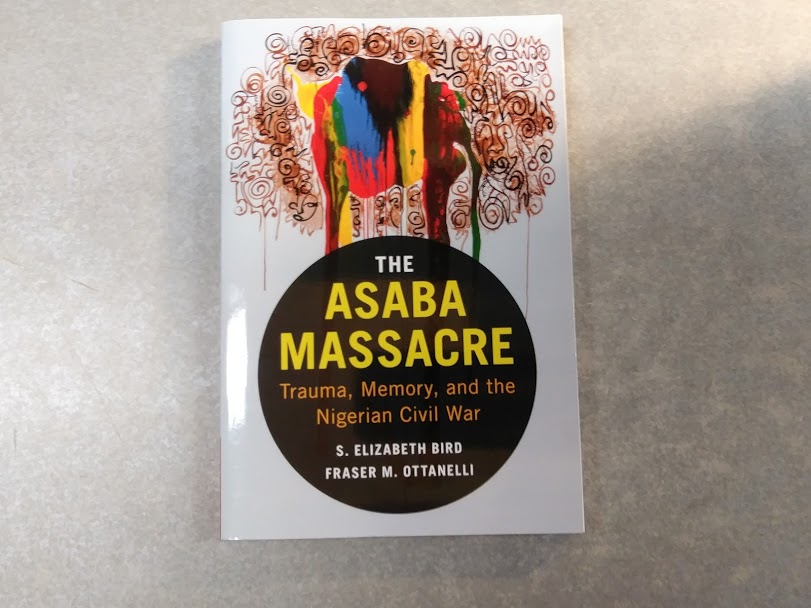
During the Nigerian Civil War, both the Nigerian and British governments attempted to cover up the Nigerian military’s murder of over 1,000 civilians in the town of Asaba. The Asaba Massacre by S. Elizabeth Bird and Fraser M. Ottanelli uncovers this forgotten history. The authors cite a report by two AFSC representatives who made a hazardous journey through Nigeria to gather information for our relief work, and our Archives was the only available source of photographs of the Asaba refugee camps. By documenting the massacre and its aftermath, this study gives a long overdue voice to survivors.
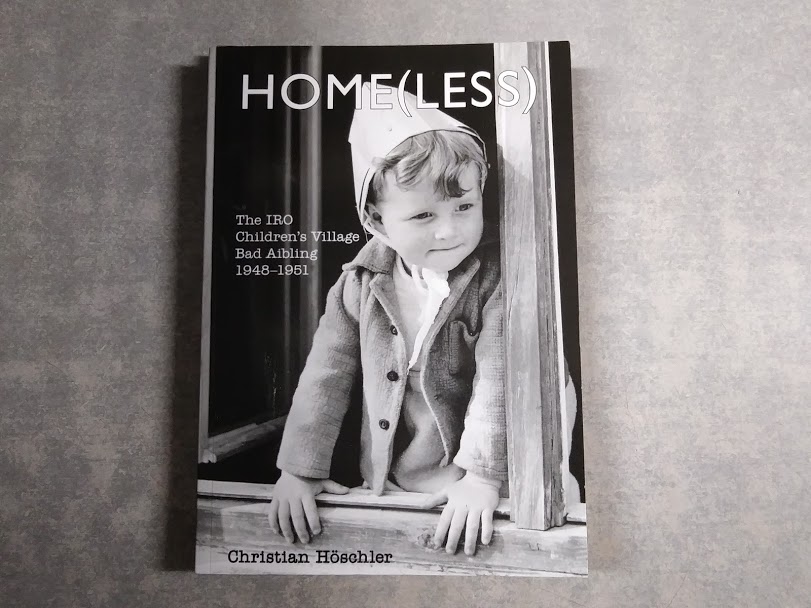
In the wake of World War II, AFSC and other groups joined the International Relief Organization’s mission to house unaccompanied and displaced children at Bad Aibling, Germany. Home(less): The IRO Children’s Village by Christian Höschler tells the story of these workers, who struggled with insufficient resources and the complex problem of finding homes for the children, many of whom had been stolen from occupied countries and given to German foster families. As is true today, political tensions complicated the questions of nationality and custody surrounding child refugees. Under difficult circumstances, AFSC was “an indispensable anchor” in caring for over 2,300 children.
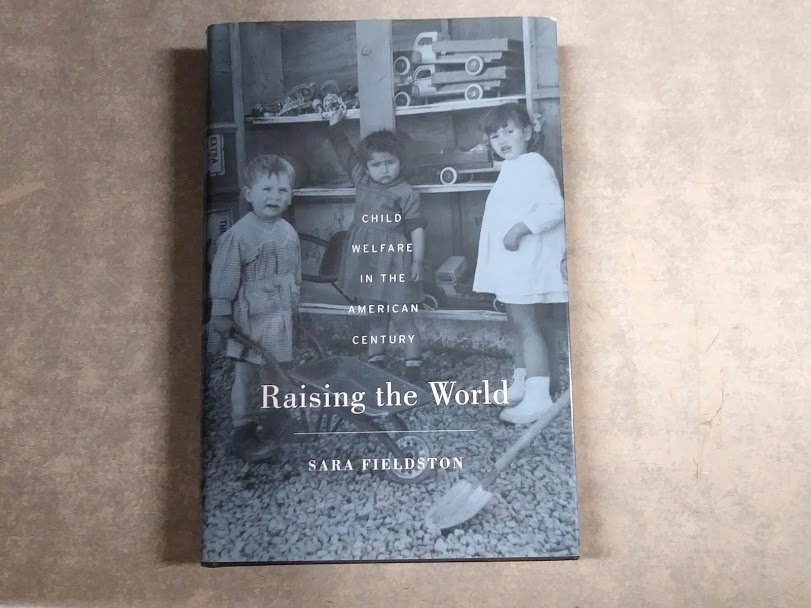
Raising the World by Sara Fieldston documents the post-World War II growth of overseas child welfare programs and their relationship with the U.S. government, which hoped these programs would foster American values in foreign children. As one of the most active international organizations, AFSC ran neighborhood centers, daycare centers, and student exchange programs in countries including Japan, Bangladesh, Israel, and Germany. Our United States-German Student Exchange Program now operates independently and celebrated its 70th anniversary in October. In the 1970s, however, amid criticism of U.S. imperialism, the focus of international aid shifted from helping individual children to serving the needs of wider communities.
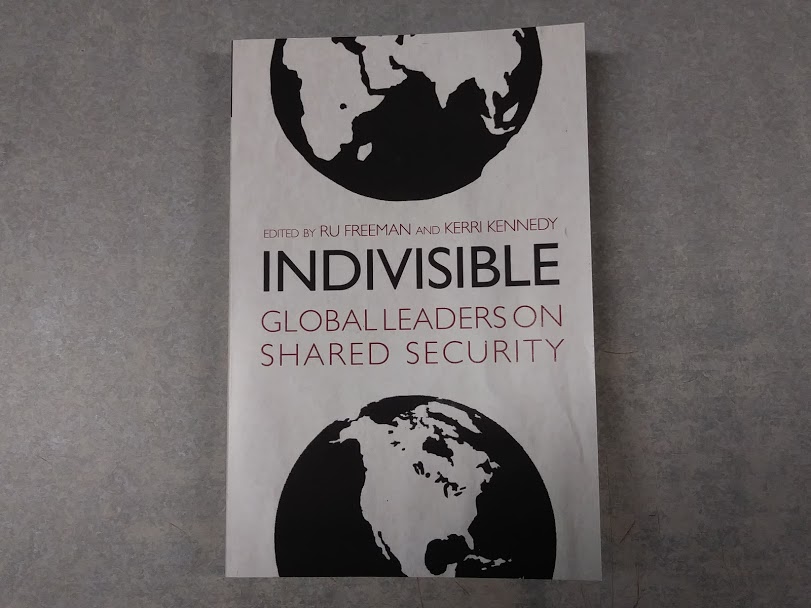
Indivisible: Global Leaders on Shared Security was edited by Ru Freeman and AFSC’s Kerri Kennedy, associate general secretary for international programs. In today’s political climate, the word “security” often implies the enforcement of narrow national interests through surveillance and violence. Bringing together the voices of leaders and activists from around the world, including AFSC General Secretary Joyce Ajlouny, this anthology redefines “security” as a shared commitment to peace and safety for all. Kerri says, “We hope the book will inspire you to find light in times of darkness and hope in times of despair.”
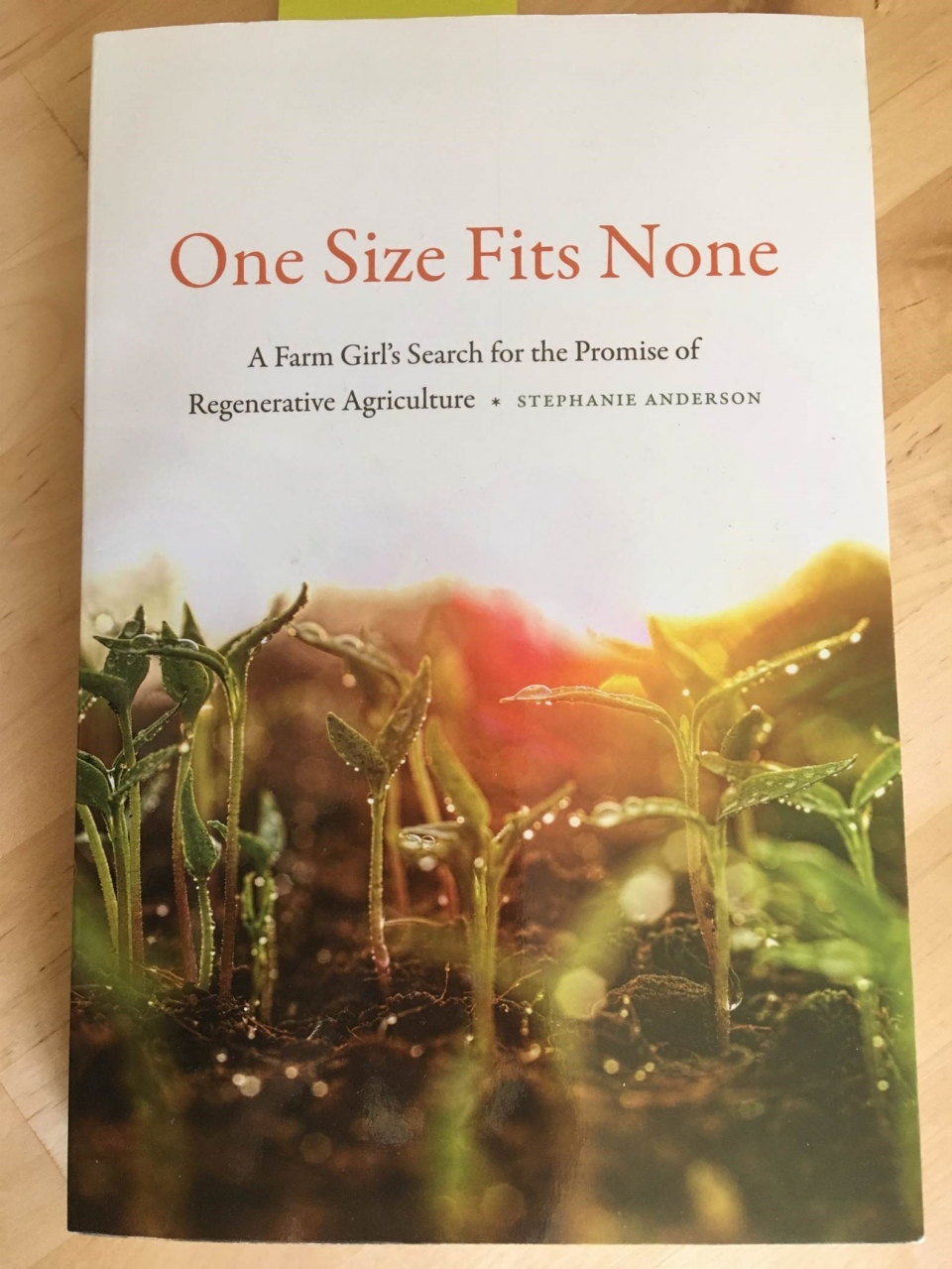
In One Size Fits None, Stephanie Anderson explores the limits of “sustainable” food production in a country that has already suffered extensive ecological damage. She argues that our true goal should be a “regenerative” agriculture that renews resources and adapts to local environments. As an example, she offers a case study from AFSC New Mexico’s program in the South Valley, which teaches farmers how to build their own organic farms, using solar cold frames for greenhouses. Program graduate Fidel Gonzalez, who appears in this book, went on to join its staff as an assistant farm trainer.
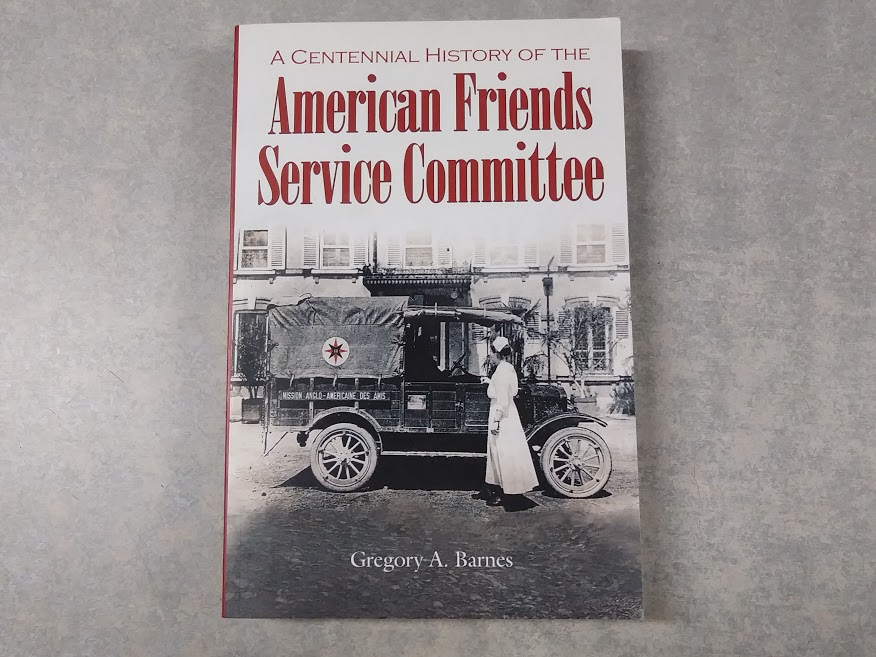
In A Centennial History of the American Friends Service Committee, Gregory A. Barnes has written the first comprehensive treatment of AFSC’s history, starting with our founding in 1917 to provide alternative service for conscientious objectors during World War I. A recurring theme is AFSC’s commitment to balancing our Quaker identity with the need to stay rooted in the communities we support and build a diverse organization that reflects the world we want to see. Greg says, “I was thrilled to tell the story of an organization that for 100 years has been on the right side of history.”
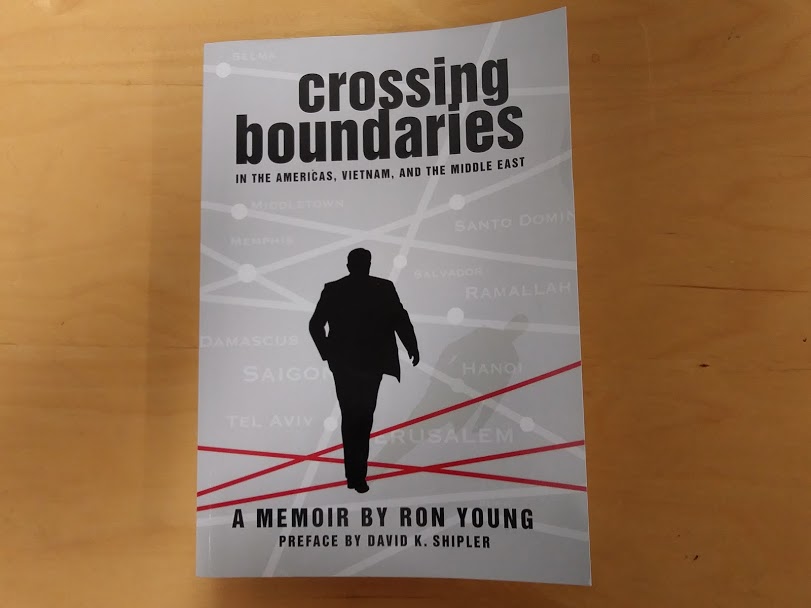
Crossing Boundaries in the Americas, Vietnam, and the Middle East is a memoir by the late Ron Young, AFSC’s National Peace Education secretary from 1972 to 1982. Ron’s early involvement in the Civil Rights Movement led him to a lifetime of peace work. He was a member of the delegation that visited Archbishop Romero of El Salvador the day before his assassination. Through his decades of activism, organizing Vietnam War protests, living in the Middle East, and facilitating interreligious dialogue on Israel and Palestine, Ron’s life story offers a personal view of the intersections among movements for justice and AFSC’s active role in that history.